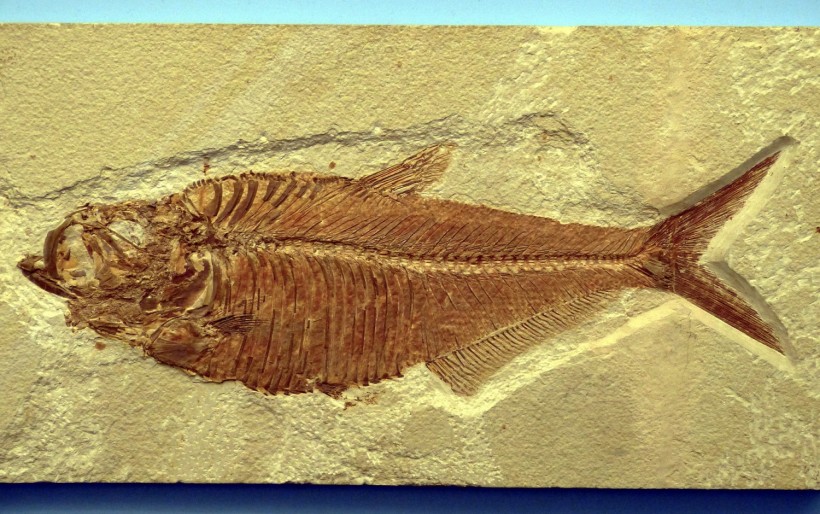Scientists have found sturgeon fish fossils in North Dakota's Hell Creek Formation, which were likely buried when the asteroid struck Chicxulub.

Fish Imprint Fossil
Sturgeon Fossils Discovery
Two scientists, Lance Grande and Eric Hilton, described four fossilized sturgeons from two species that were discovered at the location and have been researched for many years in a study that was published in the Journal of Paleontology.
The four found at the Tanis site are well-preserved and consist of skulls and other connected bones, in contrast to the majority of known sturgeon fossils from the Cretaceous period, which are only represented by fragments of bone or poorly preserved partial skeletons.
Some people refer to sturgeons, a species of fish that has been around for 200 million years, as living fossils.
Sturgeon Species Discovered
According to Live Science, the two sturgeon species identified from the fossils have been named Acipenser praeparatorum and Acipenser amnisinferos. Acipenser means sturgeon and praeparatorum means to make ready. On the other hand, Acipenser amnisinferos means sturgeon from Hell's Creek.
The only surviving families of the ray-finned fish genus Acipenseriformes are the sturgeon family Acipenseridae and the paddlefish family Polyodontidae. As a result, there has been a lot of interest in the sturgeon family Acipenseridae.
Sturgeon Fossils Remain Intact
The reason why the fishes were so well preserved was because they were likely buried while still alive or at the very least right away after dying. Grande told Newsweek that as a result, in the fossilized specimens, the bones are still articulated with one another.
Given that the cataclysmic burial may have been caused by a massive tidal surge brought on by the impact, the asteroid may have played a role. Even remnants from the actual asteroid impact have reportedly been found preserved in the gill regions of some specimens.
According to Grande, the fossils advanced the knowledge of freshwater fish that existed just before the great dinosaur extinction event as they are poorly represented in the fossil record.
The discovery clarifies the little-known history of freshwater fish in North America during the Late Cretaceous period as recorded in the fossil record.
It also suggests that North Dakota experienced the severe effects of the Chicxulub asteroid.
Hell Creek Formation
The Cretaceous period, which lasted from 145.5 million to 65.5 million years ago and was marked by the extinction of the dinosaurs, contains many fossils that have been found in the Hell Creek Formation, a rock formation that extends across parts of North Dakota, South Dakota, Montana, and Wyoming.
According to the encyclopedia Britannica, fossils from that time period, including those of early primates, dinosaurs, and small mammals have all been discovered there.
The Tanis site, which is located in the Hell Creek Formation and has a significant number of exceptionally well-preserved fish fossils, is thought to have formed right away following the Chicxulub impact.
Tanis was once home to a large, deep river that fed the now-dry Western Interior Seaway that stretched from the Gulf of Mexico to the Arctic Ocean and is named after the alleged final resting place of the Ark of the Covenant in the 1981 film "Raiders of the Lost Ark."
RELATED ARTICLE: Nadir Crater in West Africa Suggests a Second Impact After the Chicxulub Crater From the Asteroid That Wiped Out the Dinosaurs
Check out more news and information on Environment in Science Times.














